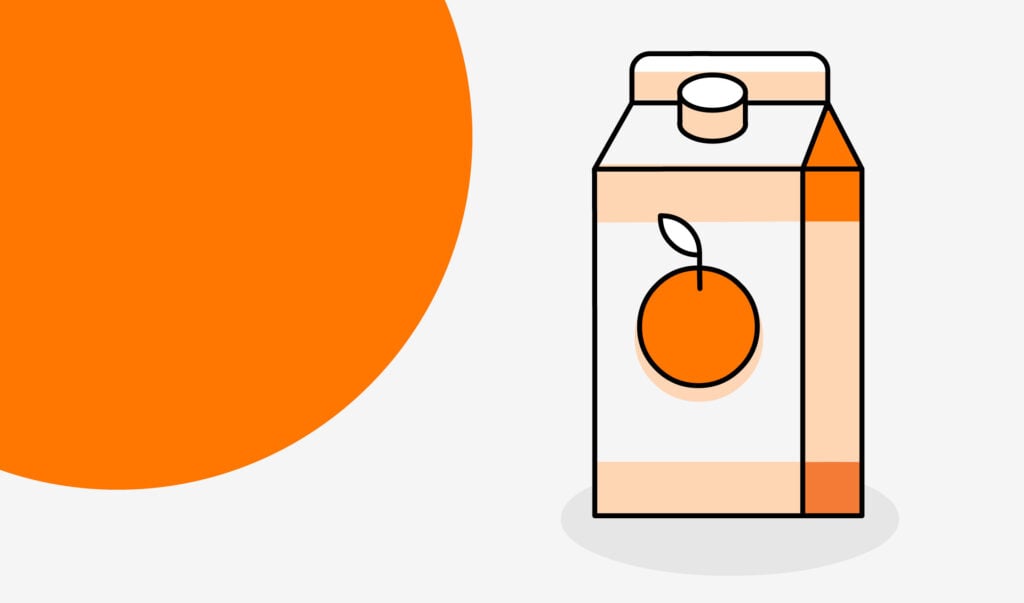Sedex report highlights inequalities and risks for women in agriculture, alongside solutions to progress gender equality in supply chains
Progressing gender equality in agriculture

This International Women’s Day, our latest insights report reveals inequalities, challenges and risks for women working in agriculture. The report, “Progressing gender equality in agriculture”, provides crucial insight and actions for organisations sourcing from agricultural industries, supporting to drive gender equality in supply chains.
An estimated 28% of people working globally are in the agricultural sector[i], making it a major employer that many businesses are connected to through their supply chains. Agriculture is also one of the world’s most hazardous industries for workers[ii].
Women comprise about 43% of agricultural workers[iii]. While this work provides crucial economic opportunities, female workers in agriculture are often more exposed to physical, financial and other risks than their male counterparts.
Understanding these risks and what actions businesses should take to address them are key to progressing gender equality in supply chains, with gender-disaggregated data as a key enabler.
Key Sedex insights
High-risk issues within agriculture vary between countries, but some are consistently high, including insufficient wages and irregular employment – with women often more vulnerable. Gender stereotypes and the roles women have at work also make them vulnerable to many risks that are already high for agricultural workers. Multiple factors, including age, ethnicity, and religion, can intersect to increase this vulnerability.
Women are more likely than men to be in lower-paid roles with less decision-making power. Women tend to be excluded from leadership roles. At agricultural sites in Sedex data, women make up only 21% of manager positions and 31% of supervisor positions, and accounted for only 38% of promotions from 2020-2021. This lack of representation can detract from progressing gender equality.
Women are underrepresented in structures that act as enablers for change. Alongside underrepresentation in management roles, Sedex data shows women comprise only 38% of worker committee members in agriculture work sites.
Actions for businesses
To address these areas, Sedex recommends businesses gather in-depth gender-disaggregated data across several critical indicators, such as numbers of women in supervisor roles or grievance data split into male and female sets.
This gender data enables companies to identify where female workers exist in their supply chains, identify the different risks they are exposed to, and understand these women’s situations at work. Businesses can then make informed decisions where to prioritse focus to support women and the wider workforce.
Gathering gender-disaggregated data and assessing risk is crucial for protecting workers and improving gender equality. Sedex members are able to access and model data that helps to assess where risks of irresponsible behaviour in supply chains exist. This allows organisations to focus resources in the areas that need the most improvement – whether in terms of gender equality and representation or other factors like health and safety risk assessment.
Additional actions to drive gender equality in supply chains
- Set data-driven commitments and targets that your whole organisation agrees to support
- Look at site-level information within the context of geographic, sector, and product-specific risks to inform due diligence activities
- Review levels of influence and leverage with high-risk suppliers, and explore the possibilities of collaboration with suppliers and other businesses in your industry to address risks
- Ensure there are confidential grievance reporting channels that are genuinely accessible to all workers. Use gender data to understand where grievance reporting differs between male and female workers.
Additional actions to drive gender equality in supply chains
- Set data-driven commitments and targets that your whole organisation agrees to support
- Look at site-level information within the context of geographic, sector, and product-specific risks to inform due diligence activities
- Review levels of influence and leverage with high-risk suppliers, and explore the possibilities of collaboration with suppliers and other businesses in your industry to address risks
- Ensure there are confidential grievance reporting channels that are genuinely accessible to all workers. Use gender data to understand where grievance reporting differs between male and female workers.
How to collect and use gender data with Sedex
Worksite questionnaires and social audits are useful tools for gathering information on women in businesses and supply chains.
- Get started with the Sedex Site Profile. This captures basic information about workers at your own sites and those of your suppliers registered on the Sedex platform – including workers’ gender, contract type, and migrant status.
- Assess risks to workers through our risk assessment tool, which provides insights on inherent risks to workers in different countries and sectors.
- Build your understanding with gender-disaggregated data on decision-making positions, such as management and supervisors. The Sedex SAQ will help you gather this information from suppliers.
- Go further by looking at data on issues with a disproportionate impact on women, such as absenteeism and worker turnover rates. You can use both our SAQ and SMETA audit to gather this data, which you can then analyse through a tailored gender dashboard in our data platform.
Sedex’s insights into women’s working situations in agriculture help organisations to identify risks, focus their efforts, address negative impacts, and drive positive change for female workers. These activities are more crucial than ever, as businesses face growing pressure from investors, consumers and governments to operate more responsibly and sustainably.
For more information on how you can become more actively involved in promoting gender equality with Sedex, please contact us at communications@sedex.com .
All data is from Sedex sources unless otherwise stated.
[i] https://ilostat.ilo.org/100-statistics-on-the-ilo-and-the-labour-market/ – no.36
[ii] https://www.ilo.org/safework/areasofwork/hazardous-work/WCMS_110188/lang–en/index.htm
[iii] https://www.cgiar.org/news-events/news/cgiar-celebrates-international-womens-day-2021/


